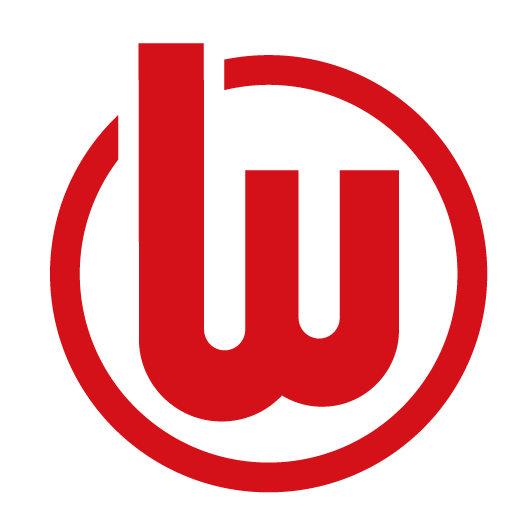3000W heating element technology is rapidly evolving, reshaping industries from household appliances to industrial applications. As energy efficiency and sustainability become paramount, these powerful components are at the forefront of innovation, offering reliable heating solutions that meet modern demands. In this article, we'll explore current trends in the heating element sector, focusing on how 3000W variants are driving change and enhancing performance across various sectors.
Emerging Trends in High-Power Heating Elements
The demand for 3000W heating element solutions is surging due to the global push towards energy-efficient technologies. Manufacturers are investing in advanced materials and designs to improve heat output while reducing energy consumption. For instance, trends like smart integration and IoT compatibility are making 3000W immersion heater systems more accessible, allowing users to control heating remotely for optimal efficiency. This shift is influenced by regulatory standards emphasizing lower emissions, positioning 3000W heating elements as key players in green technology. Additionally, the rise of 3000W ceramic heating element innovations is notable, as they provide faster heating times and better durability compared to traditional options. These trends reflect a broader industry move towards compact, high-efficiency designs that cater to both residential and commercial needs. With companies like GUANGDONG WEBO TECHNOLOGY Co., LTD leading the charge, certified by VDE, TUV, UL, CE, and ROHS, consumers can expect products that not only meet but exceed safety and performance standards. 3000W heating element developments are also seeing increased adoption in electric vehicles and renewable energy systems, further solidifying their role in sustainable practices.
Types and Innovations in 3000W Heating Solutions
Diversification in 3000W heating element types is a prominent trend, with options like 3000W electric heating element and 3000W heating coil gaining popularity for their versatility. The 3000W immersion heater, for example, is ideal for water heating applications, offering rapid and uniform heat distribution that enhances user experience in devices such as kettles and boilers. Meanwhile, 3000W ceramic heating element variants are excelling in environments requiring precise temperature control, such as in medical devices or food processing equipment. Resistive heating element technology, often integrated into these designs, provides a cost-effective way to achieve high wattage without compromising safety. This variety allows businesses to tailor solutions to specific needs, from industrial machinery to consumer electronics. GUANGDONG WEBO TECHNOLOGY Co., LTD, with its ISO 9001 and ISO 14001 certifications and a workforce of over 500 employees, is at the forefront of these innovations, producing elements that are both reliable and adaptable. The trend towards customization is evident, as companies seek heating elements that can withstand extreme conditions while maintaining efficiency, driving the market towards more specialized products.
Benefits, Applications, and Future Outlook
The benefits of 3000W heating element systems extend beyond power; they include enhanced safety features, longer lifespans, and reduced operational costs, making them a smart choice for forward-thinking industries. In applications like automotive defrosting or industrial drying processes, the 3000W electric heating element ensures quick and efficient results, minimizing downtime and energy waste. As trends point towards electrification and away from fossil fuels, 3000W heating coil technology is being optimized for integration into electric heating systems, supporting the transition to cleaner energy sources. This is particularly relevant for GUANGDONG WEBO TECHNOLOGY Co., LTD, which boasts an annual turnover of about $40 million and a commitment to meeting diverse customer needs through certified products. Looking ahead, the future of 3000W heating elements lies in advancements like nanotechnology for even greater efficiency, potentially revolutionizing sectors such as aerospace and renewable energy. Overall, these elements are not just tools but enablers of progress, aligning with global sustainability goals and offering tangible value to users worldwide.






